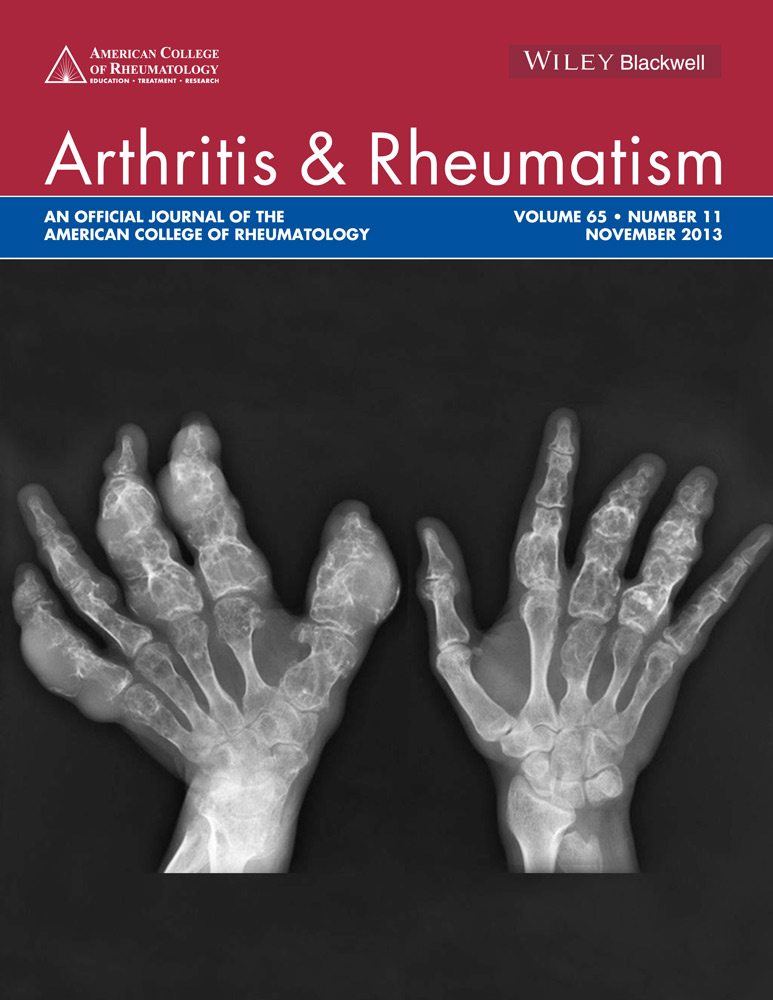Most Patients With Cancer-Associated Dermatomyositis Have Antibodies to Nuclear Matrix Protein NXP-2 or Transcription Intermediary Factor 1γ†
Previously published in abstract form: Fiorentino D, Christopher-Stine L, Chung L, Lingala B, Mammen AL, Rosen A, et al. Antibodies to NXP-2 and transcriptional intermediary factor-gamma identify patients with cancer-associated dermatomyositis [abstract]. Arthritis Rheum 2012;64 Suppl:S828.
Dr. Mammen has received consulting fees from aTyr Pharma and Biogen (less than $10,000 each).
Abstract
Objective
Since dermatomyositis (DM) is associated with an increased risk of malignancy, accurate identification of patients likely to harbor cancers is important. Using immunoprecipitations from radiolabeled cell lysates, several groups recently showed that anti–transcription intermediary factor 1γ (anti–TIF-1γ) antibodies are associated with malignancy in DM. We undertook this study to develop sensitive, specific assays to detect antibodies against TIF-1γ and nuclear matrix protein NXP-2 and to evaluate their association with malignancy in DM.
Methods
To detect anti–TIF-1γ antibodies, immunoprecipitations were performed using lysates made from HeLa cells overexpressing TIF-1γ, with detection by immunoblotting. Anti–NXP-2 antibodies were assayed by immunoprecipitation using 35S-methionine–labeled NXP-2 generated by in vitro transcription/translation. We analyzed patient sera from DM cohorts seen at the Stanford University Dermatology Clinic (n = 111) and the Johns Hopkins Myositis Center (n = 102).
Results
A total of 17% and 38% of patients had antibodies against NXP-2 and TIF-1γ, respectively. Reactivity against either NXP-2 or TIF-1γ identified 83% of patients with cancer-associated DM. In addition to older age and male sex, cancer was associated with antibodies to NXP-2 or TIF-1γ on multivariate analysis (odds ratio 3.78 [95% confidence interval 1.33–10.8]). Stratification by sex revealed that anti–NXP-2 was specifically associated with cancer in males (odds ratio 5.78 [95% confidence interval 1.35–24.7]).
Conclusion
These studies demonstrate that anti–NXP-2 and anti–TIF-1γ antibodies are frequent DM specificities (found in 55% of patients) and are present in most patients with cancer-associated DM.




